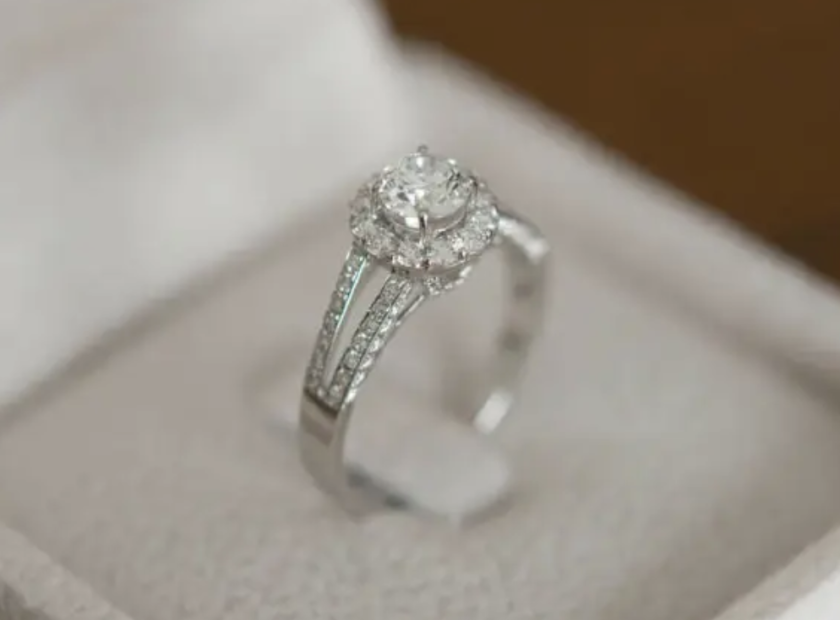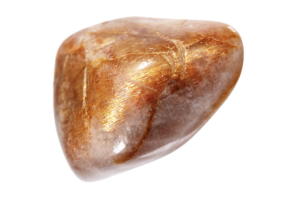USD
/
USD
/
Shipping to:
Currency:
White Gold vs Platinum: What’s the Difference & Which Should You Choose?
When selecting jewelry, especially items like engagement rings or wedding bands, the metal you choose plays a major role in both appearance and longevity.
White gold and platinum are two of the most popular options, and while they may look similar at first glance, they have key differences that could influence your decision.
This guide breaks it all down to help you decide what’s right for your style, budget, and lifestyle.
Understanding White Gold
White gold is created by mixing pure gold with white-colored metals like palladium or silver to form an alloy.
This gives the metal a warm tone, which is then coated with rhodium to produce its signature bright, silvery-white finish.
The rhodium plating also adds extra shine and scratch resistance.
Understanding Platinum
Platinum is a naturally white metal that’s prized for its purity and strength.
Jewelry made from platinum usually contains 95–98% pure platinum, giving it a dense, substantial feel.
Unlike white gold, it doesn’t need plating to maintain its color over time.
Appearance Over Time
Initially, white gold and platinum jewelry may look very similar thanks to rhodium plating on white gold.
However, over time, the rhodium layer can wear off, revealing a slightly yellowish tint beneath and requiring re-plating to maintain the bright white look.
Platinum, in contrast, develops a soft, matte finish called a patina, which some people love for its vintage character.
It can be polished to restore shine if desired.
Durability and Maintenance
White gold is durable, but maintenance is needed every few years to reapply the rhodium finish.
Platinum is stronger and denser, and instead of wearing away, it displaces when scratched—so no metal is actually lost.
This means platinum jewelry holds its shape and weight longer over time.
Weight and Comfort
Platinum is heavier than white gold, which some people associate with quality and luxury.
However, that added weight might feel less comfortable for everyday wear, especially with larger pieces like diamond wedding rings.
White gold’s lighter weight can make it easier and more comfortable to wear day-to-day.
Cost Considerations
Platinum is generally more expensive than white gold due to its rarity and density.
But rising prices of gold and palladium have narrowed the gap between the two.
While white gold often has a lower upfront cost, don’t forget to factor in the long-term maintenance of rhodium re-coating.
Platinum’s higher initial cost might even out over time thanks to less upkeep.
Allergies and Skin Sensitivity
White gold can contain nickel, a common allergen. This isn’t an issue while the rhodium plating is intact, but as it wears down, sensitive skin may react.
Platinum is naturally hypoallergenic, making it a safer choice for those with metal allergies.
Environmental and Ethical Considerations
Both metals require mining, which has an environmental impact. To minimize this, consider recycled or responsibly sourced metals.
For a unique and conscious choice, you might also want to check out non-traditional engagement rings that offer stunning alternatives to classic designs.
Making Your Choice
When choosing between white gold and platinum, think about your lifestyle, sensitivity to metals, budget, and long-term expectations.
If you’re looking for something affordable and lightweight, white gold is a strong contender.
If you want something more premium, durable, and low-maintenance, platinum could be worth the investment.
And if you're still exploring your options, check out gemstone engagement rings for even more unique and personal possibilities.
Frequently Asked Questions
Is platinum better than white gold?
Platinum is stronger and hypoallergenic, while white gold is more affordable and lighter. It depends on your preferences, lifestyle, and budget.
Does white gold tarnish over time?
White gold doesn’t tarnish, but the rhodium plating does wear off, which can make it appear yellowish. Replating restores the original look.
Can platinum rings be resized?
Yes, but resizing platinum takes more skill and specialized tools. Always use a jeweler experienced in working with platinum.
Which metal is more valuable?
Platinum is usually more valuable because it’s denser and rarer. But prices fluctuate, so check current market trends before purchasing.
What are the differences in how gold and platinum form?
If you’re curious about how these metals come to be, check out this guide to gemstone and diamond formation to learn about their origins deep within the earth.
How do lab-grown stones compare?
Whether set in platinum or white gold, many people choose lab-created stones today. Here’s how lab-grown diamonds compare to gemstones to help you decide what’s right for you.
Looking for a gift?
If you're buying for a loved one, check out gemstone rings—they’re timeless, colorful, and available in both white gold and platinum settings.








